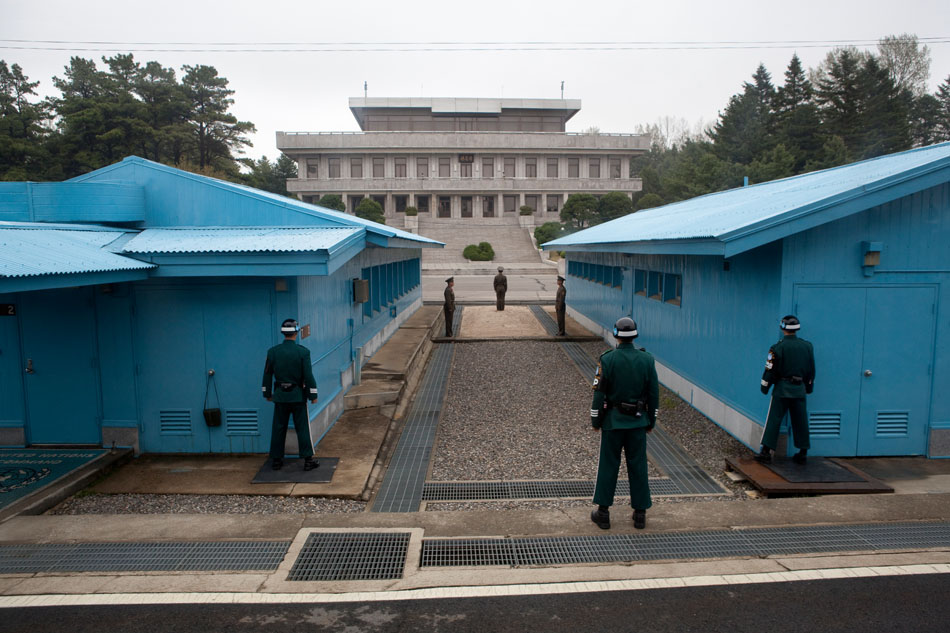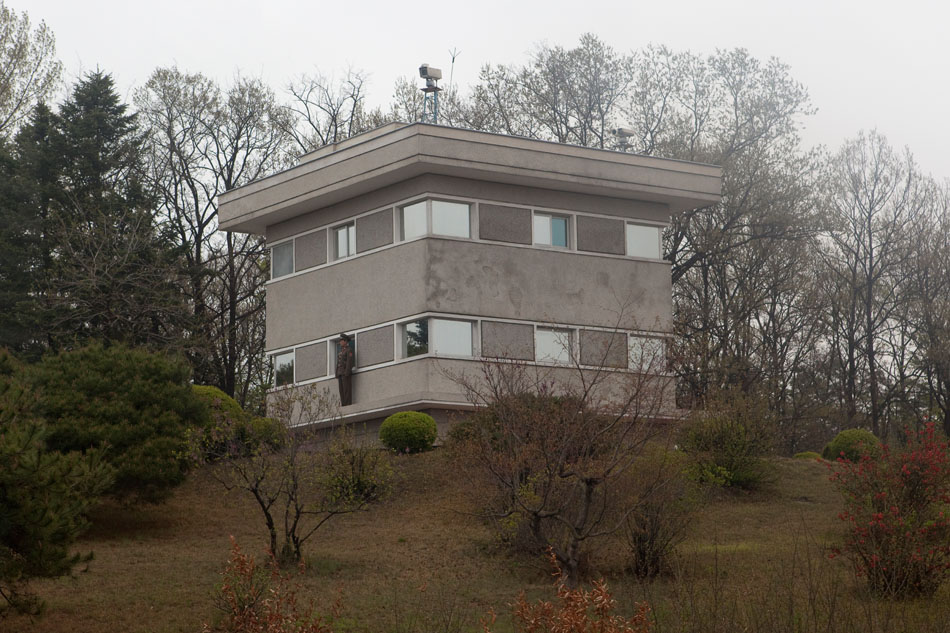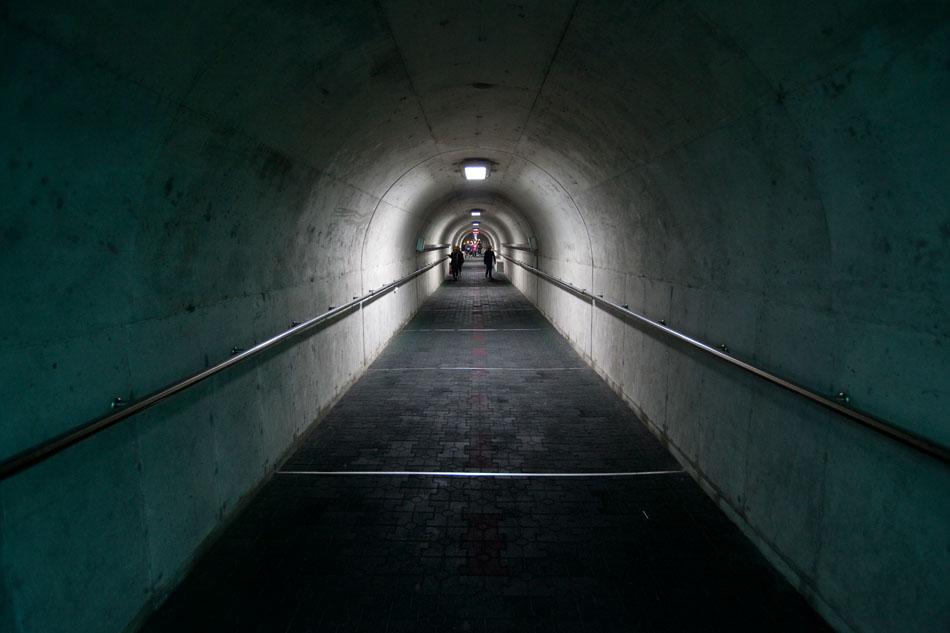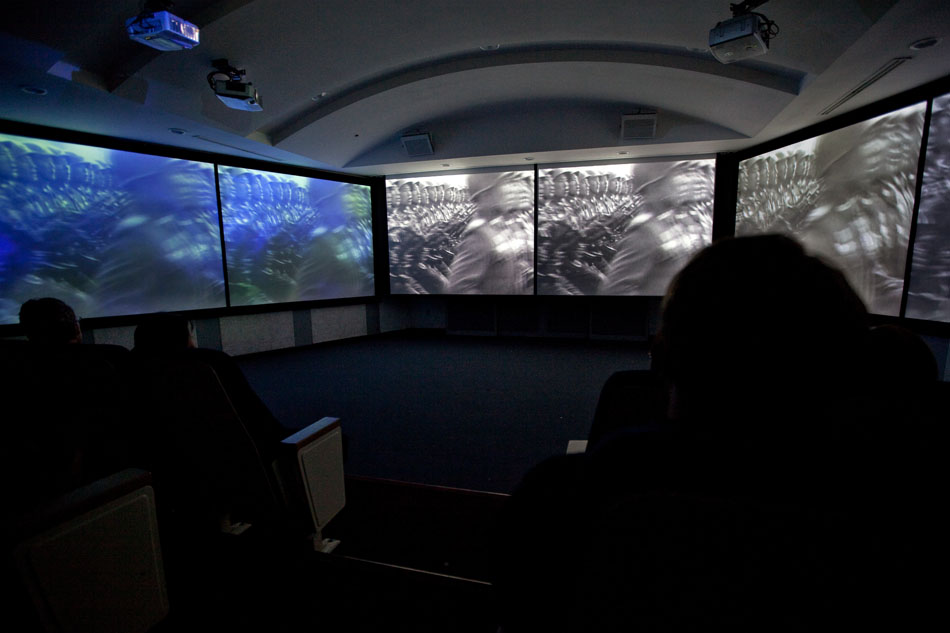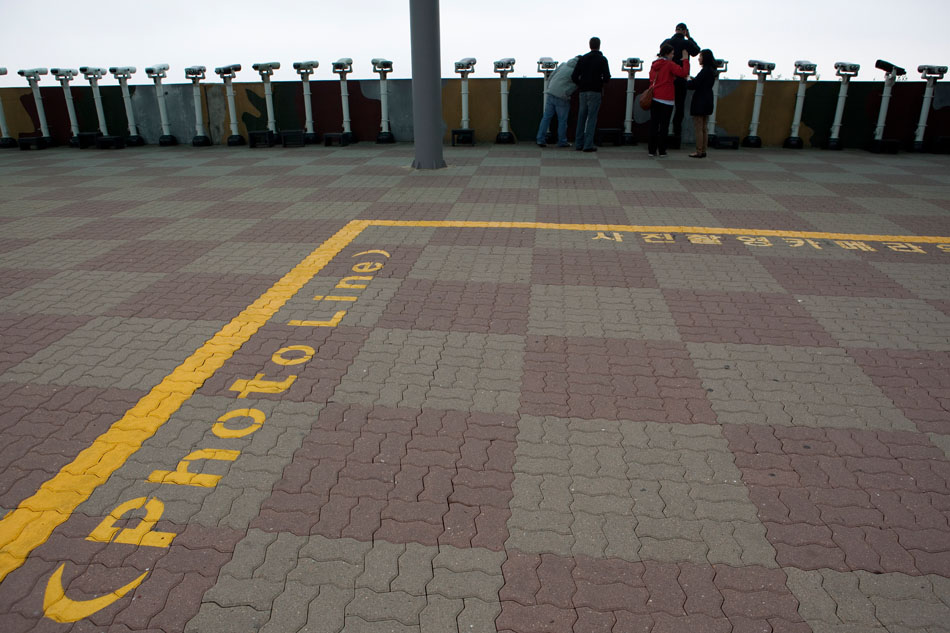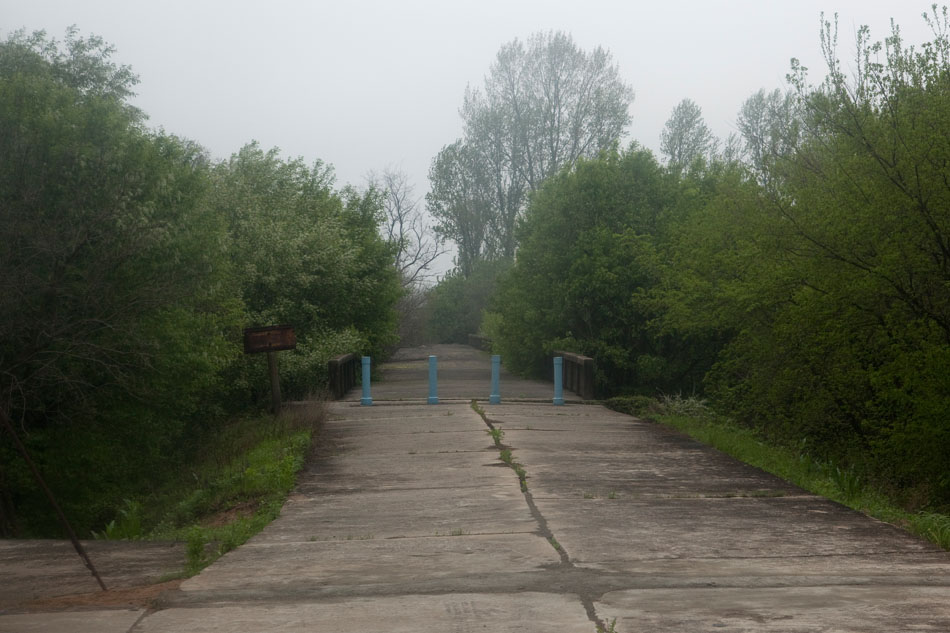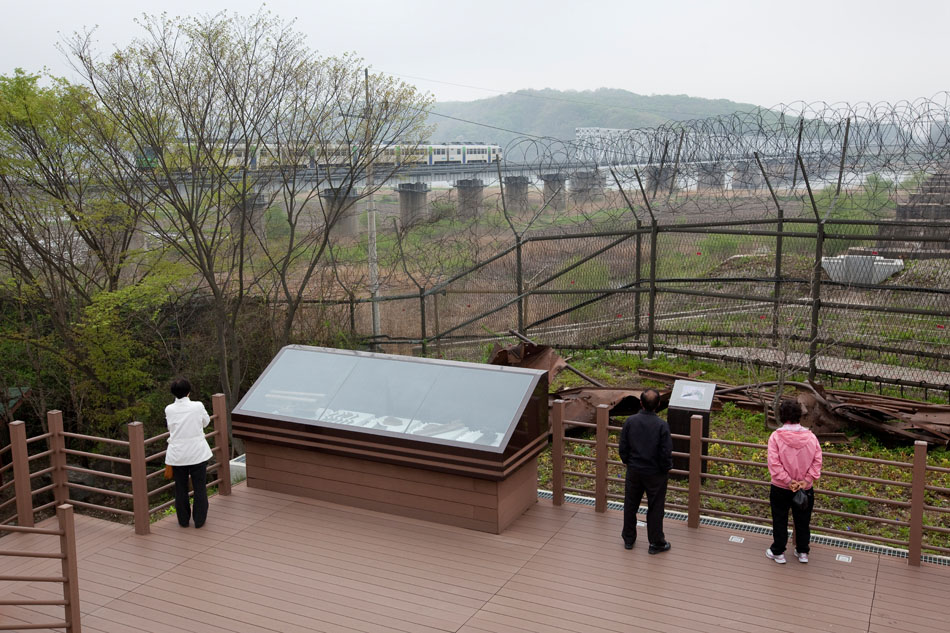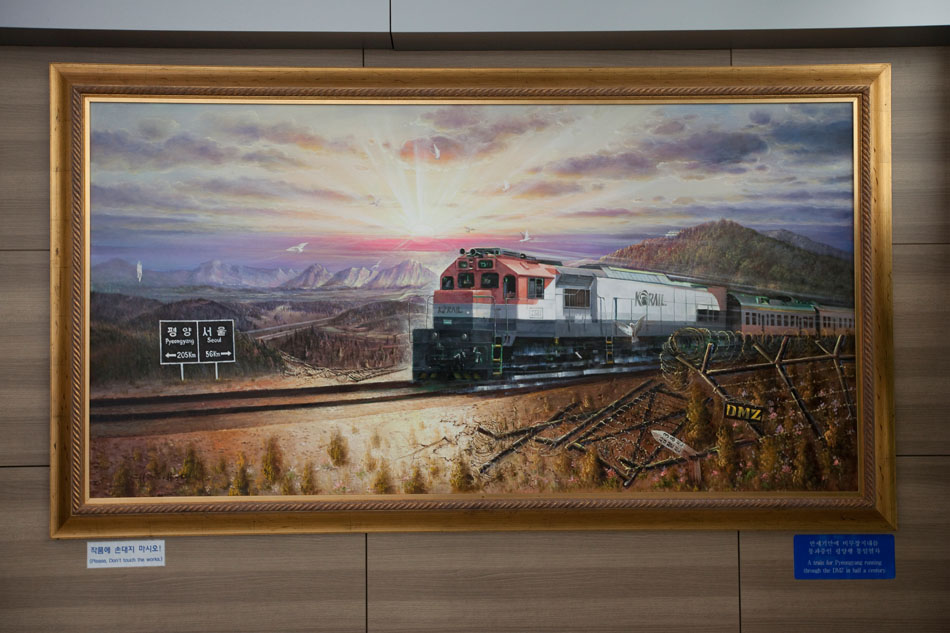Jun 5, 2013 | Clippings, Fashion, Music, Portraits, Youth
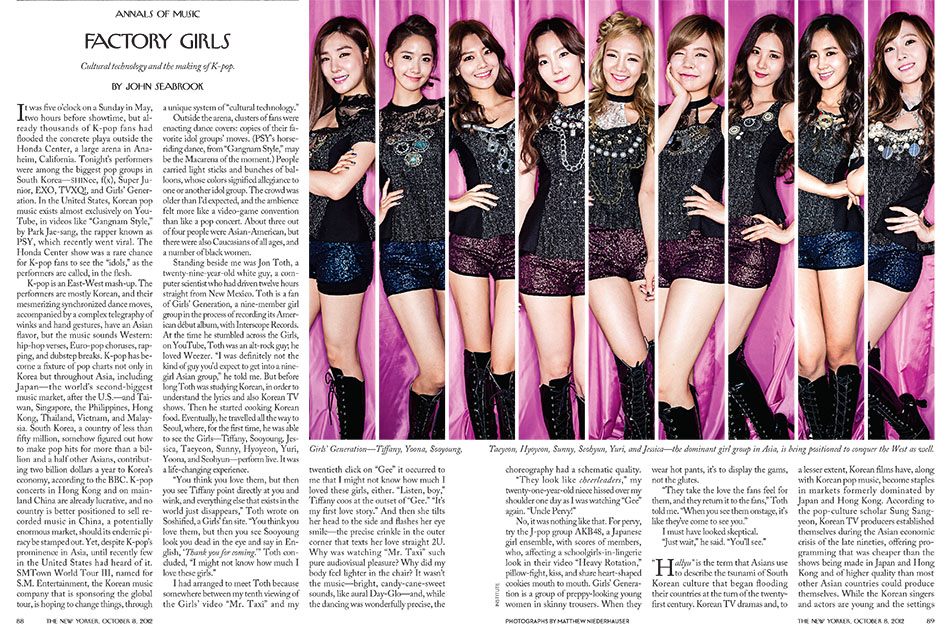
I am going to be playing catch up over the next month or two – lots of new work and clippings to share. These images are from an awesome article for The New Yorker delving into Korean pop music (aka K-pop). I flew down to Jakarta to witness a massive stadium concert featuring some of the biggest names in K-pop from S.M. Entertainment and take portraits of Girls’ Generation. The nine member group consists of Taeyeon, Jessica, Sunny, Tiffany, Hyoyeon, Yuri, Sooyoung, Yoona and Seohyun. It was easily one of my most stressful photographic experiences. The management closely grooms these girls for years and try to control their media presence very closely. They were suspicious of what The New Yorker would detail and didn’t provide me with any information on how to get into the stadium properly. I was lucky enough to find a sympathetic security guard who let me into the backstage area where I only had fifteen minutes to set up all my lighting gear and another fifteen minutes with Girls’ Generation to take the actual photographs. Luckily they had some nice pink satin backdrops that worked well with my ring flash. Girls’ Generation knew how to pose for the camera as well, of course. The New Yorker Photo Booth blog interviewed me about the shoot here. These are some of the hottest up-and-coming stars in K-pop.
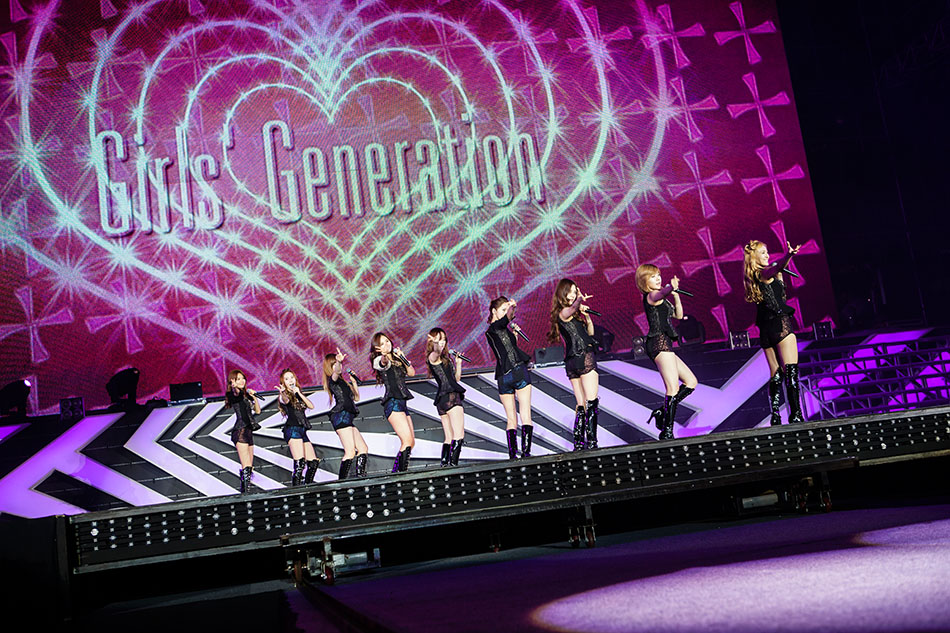

Oct 7, 2010 | Architecture

After visiting the 2010 Shanghai World Expo last week, I decided that the night time is definitely the right time to visit. During the day the crowds were overbearing and most of the pavilions less than enchanting. However, when the sun goes down, the expo turns into a festival of lights. Some of the clear architectural winners in my book were the Spanish, Korean, Nepalese and Danish with the UK Pavilion taking the gold. Designed by Thomas Heatherwick, the six-story structure is stuck like a pincushion with 60,000 willowy rods that glow and quaver in the breeze. The rods extend from the interior where at the root of each a plant seed is seamlessly inserted. The UK Pavilion is supposed to reflect the British love for gardens and emphasize the need for green space in cities. You can read more about the concept on the UK Pavilion homepage.
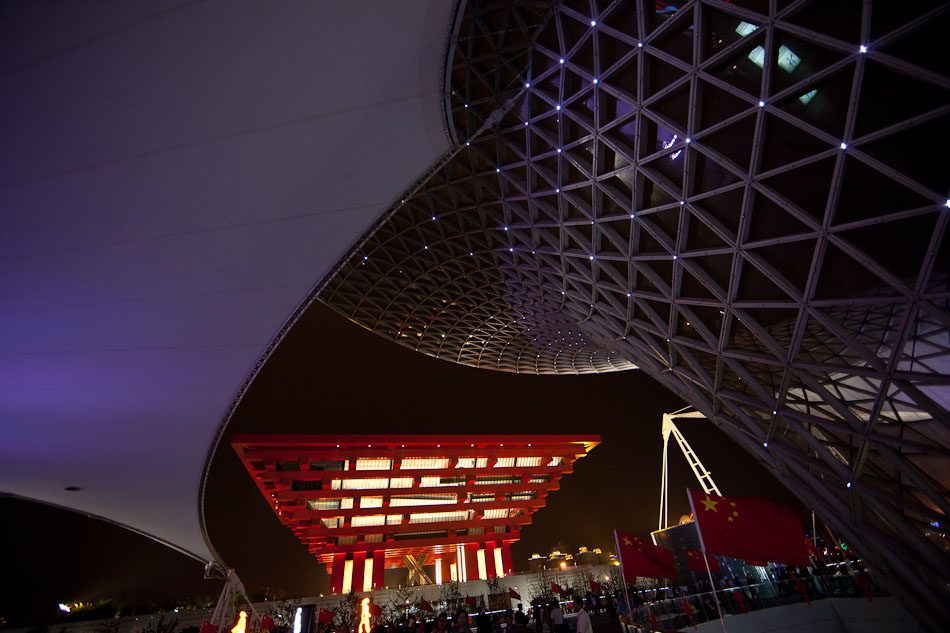
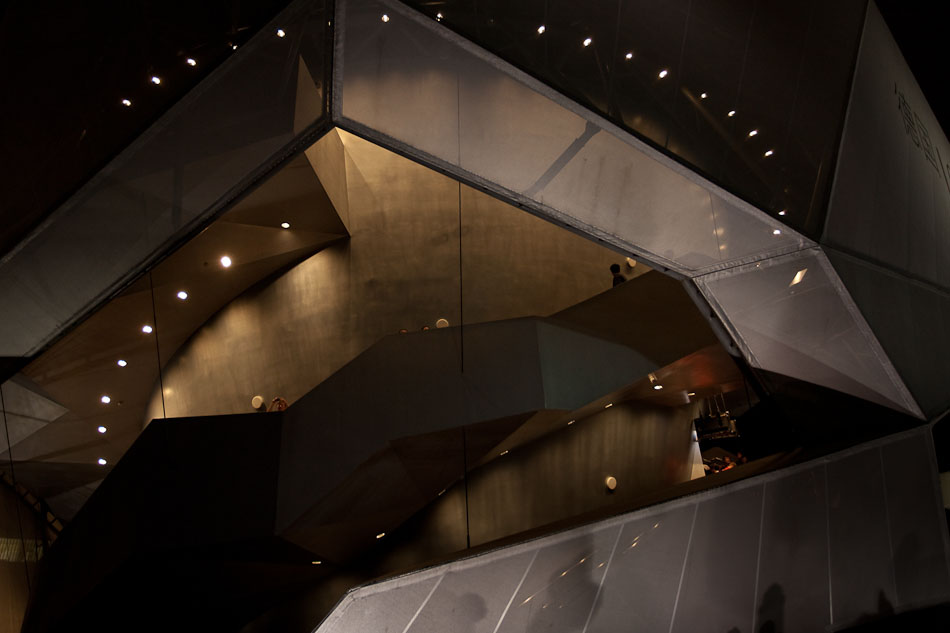
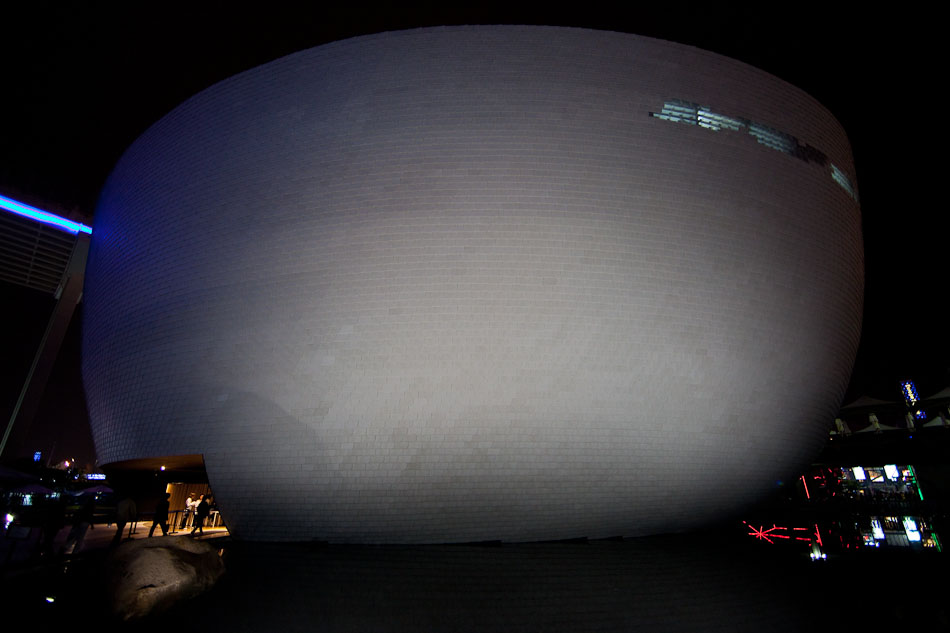
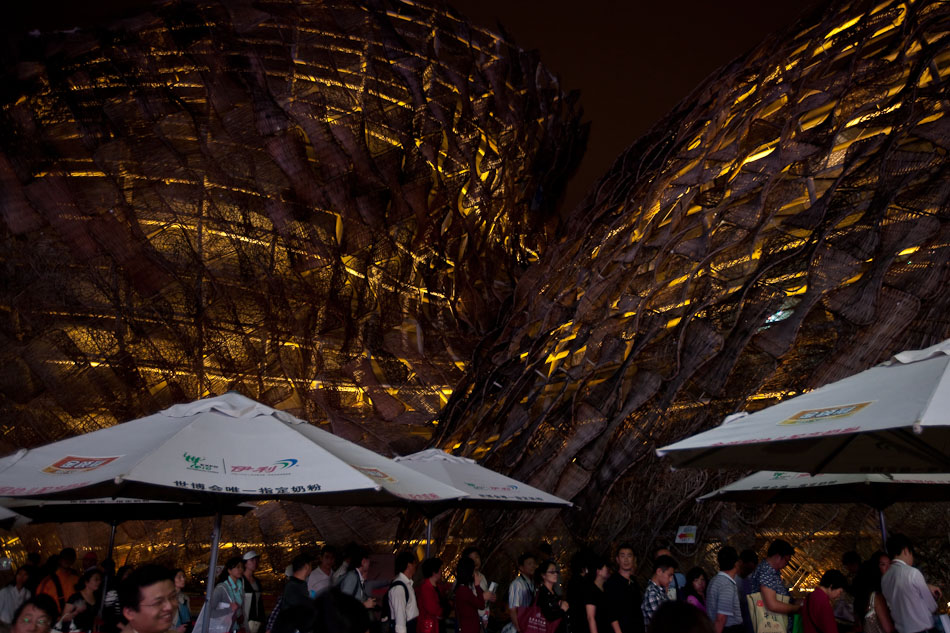
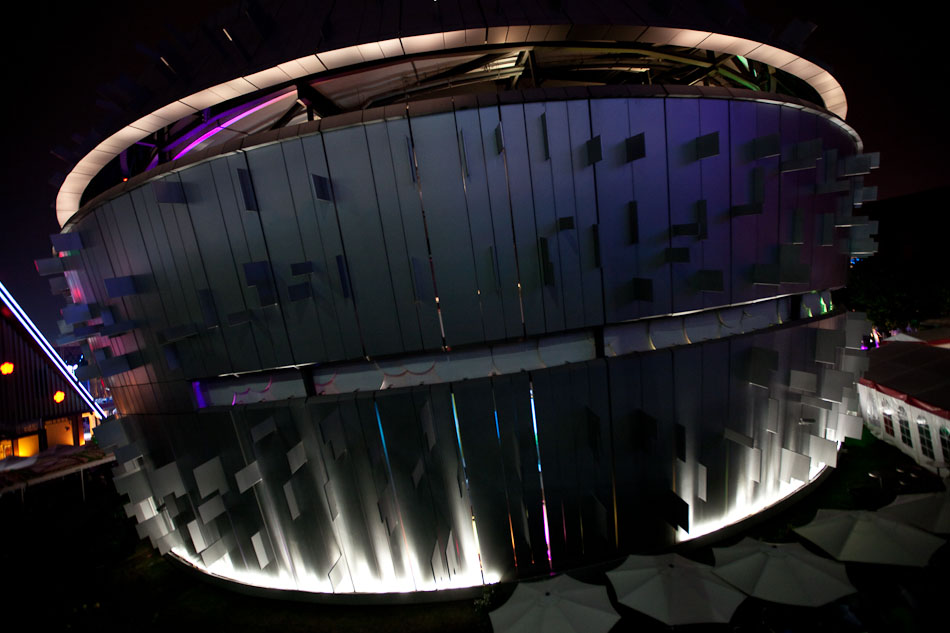
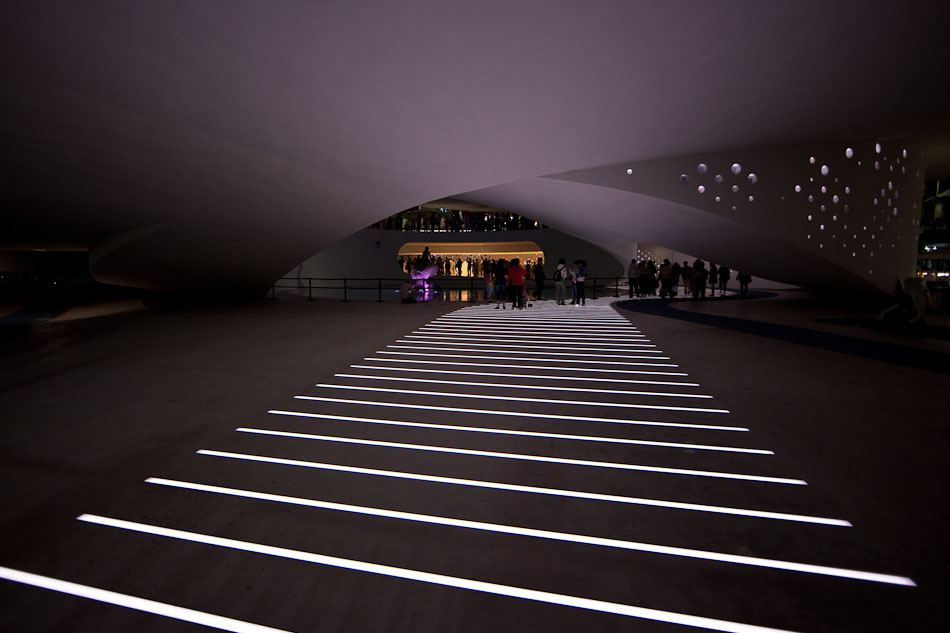
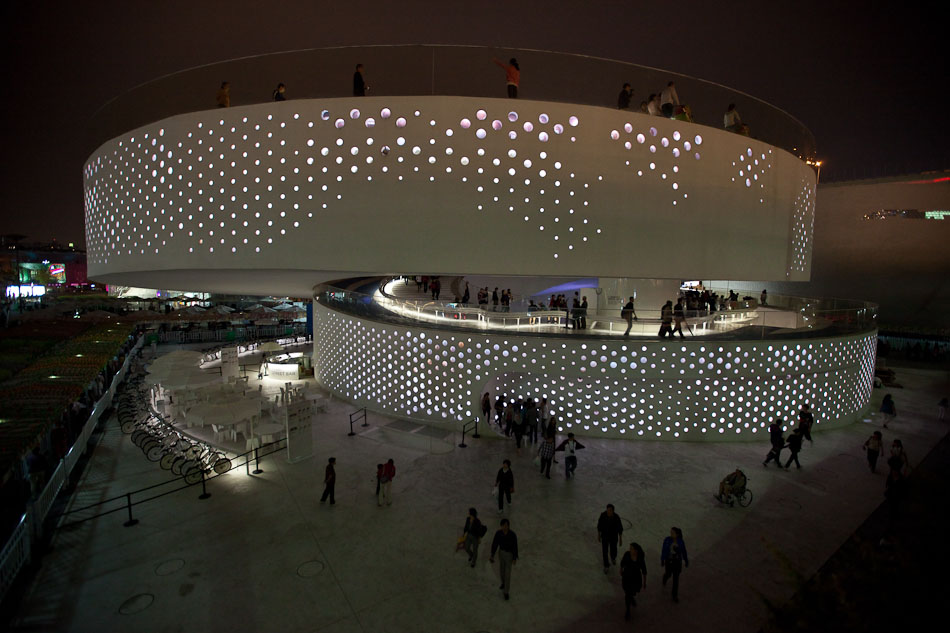
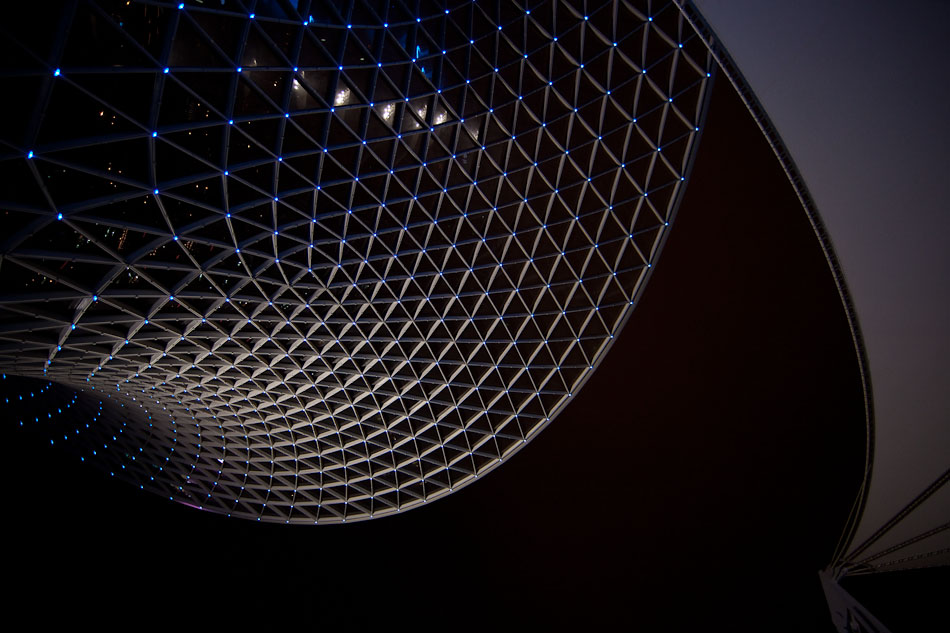
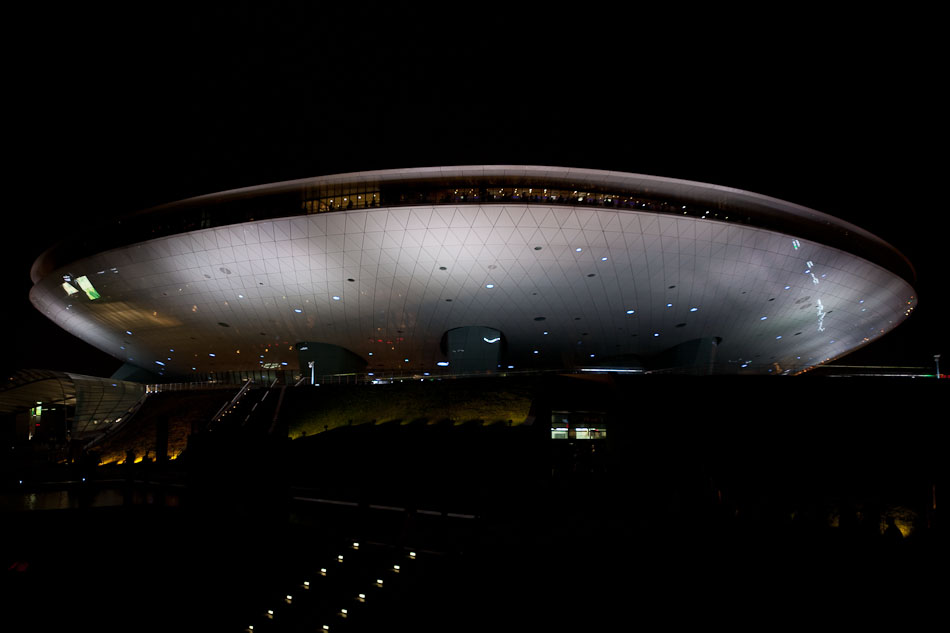
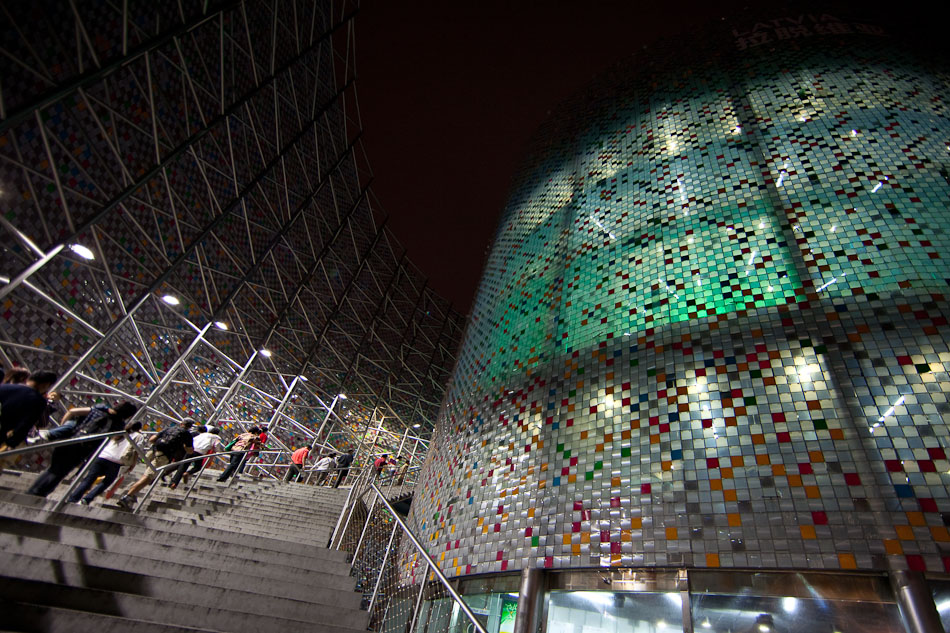

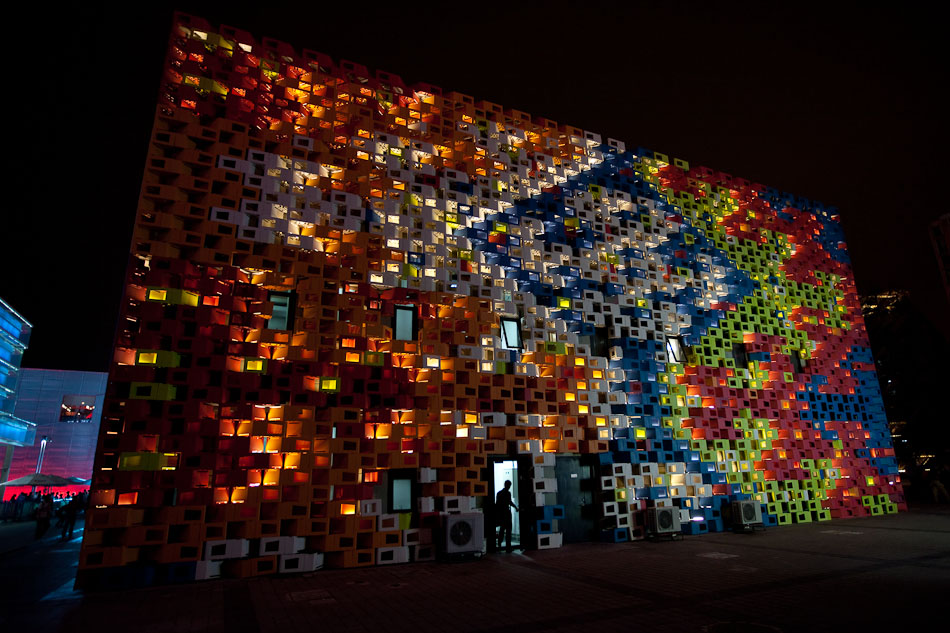
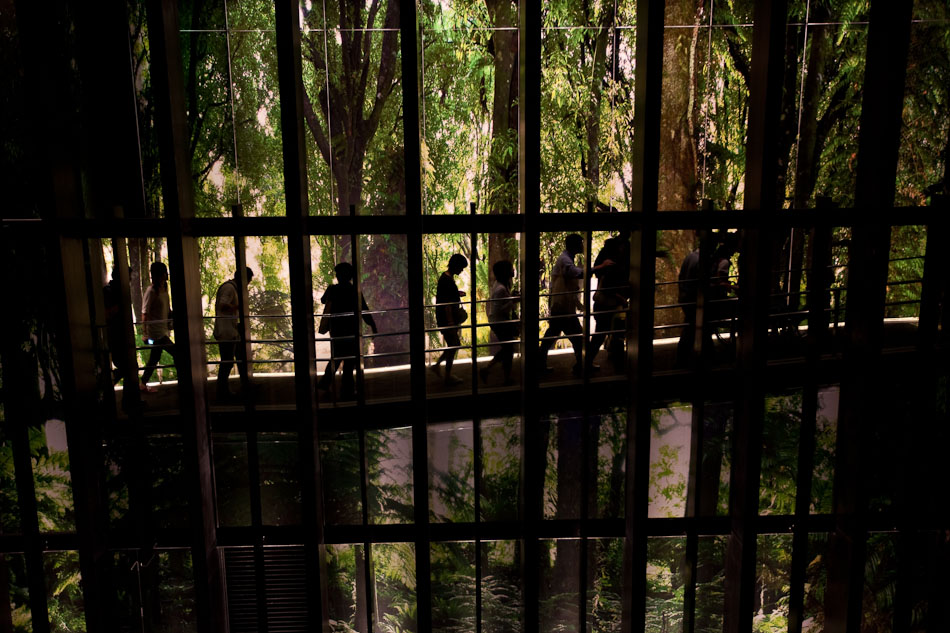
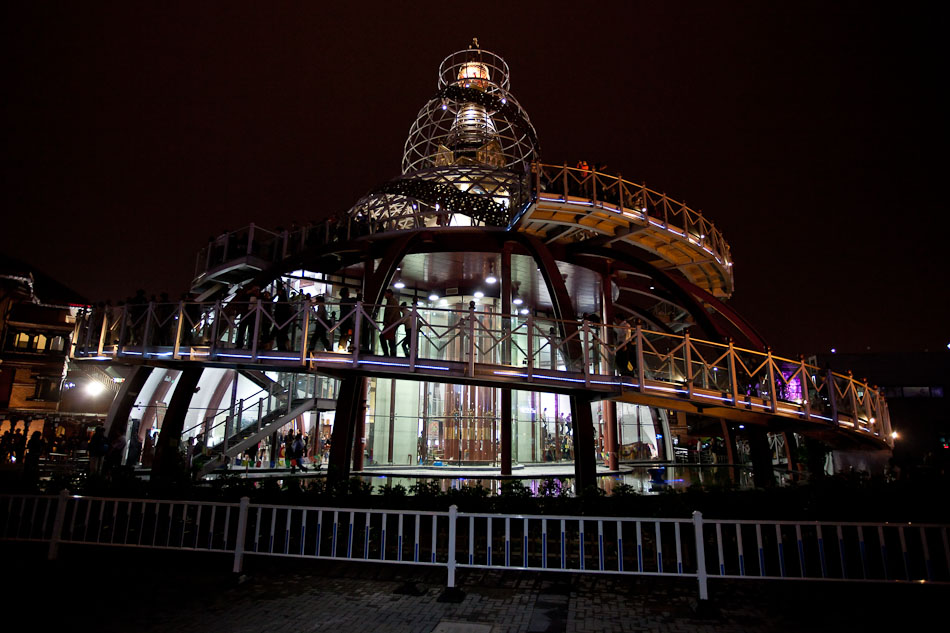

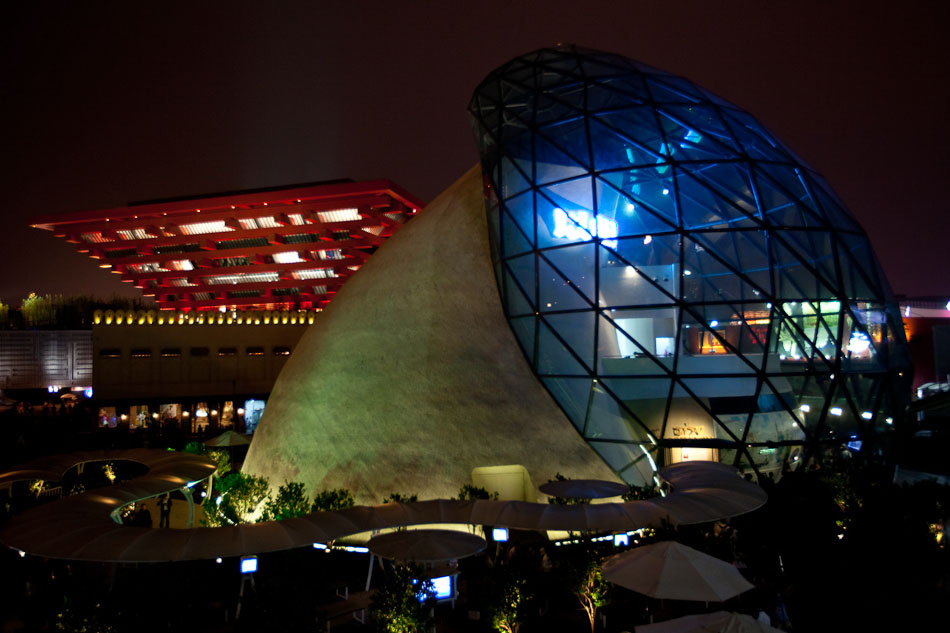
May 10, 2010 | Society, Travel
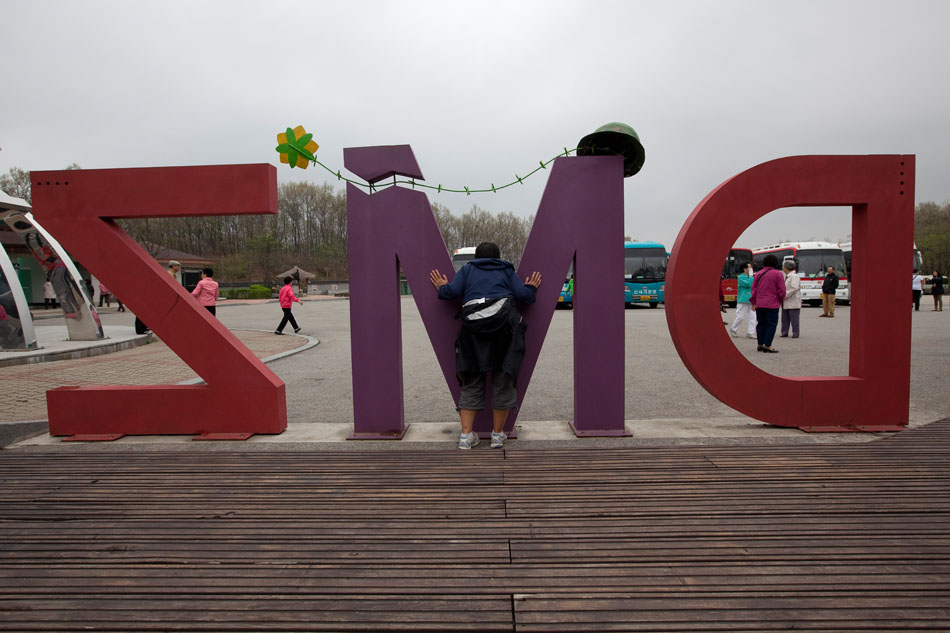
Easily the most heavily guarded border in the world, the Korean Demilitarized Zone (DMZ) with the Military Demarcation Line at its center marks the last line of engagement between North and South Korea when an armistice agreement ended open fighting in 1953. Since then the DMZ remains an open sore on the Korean peninsula and a constant reminder of the tenuous relationship between the ethnically bound but politically split countries. Although numerous incidents have taken the lives of military personal in the DMZ over the years, South Korea now heavily promotes the DMZ as a tourist destination within easy reach of Seoul. Domestic and international sightseers spend the day in the Joint Security Area within plain sight of North Korean guards before hitting up gift shops, the DMZ Pavilion, unearthed North Korean incursion tunnels and other noteworthy sites. Tours then end in Dorasan Station, a modern but unused train station built near the DMZ as a gesture by South Korea to express their wish for peaceful reunification. Such hopes continue to be set back, however, as South Korea is now blaming North Korea for the sinking of a naval ship in March that took the lives of 46 South Korean sailors.
